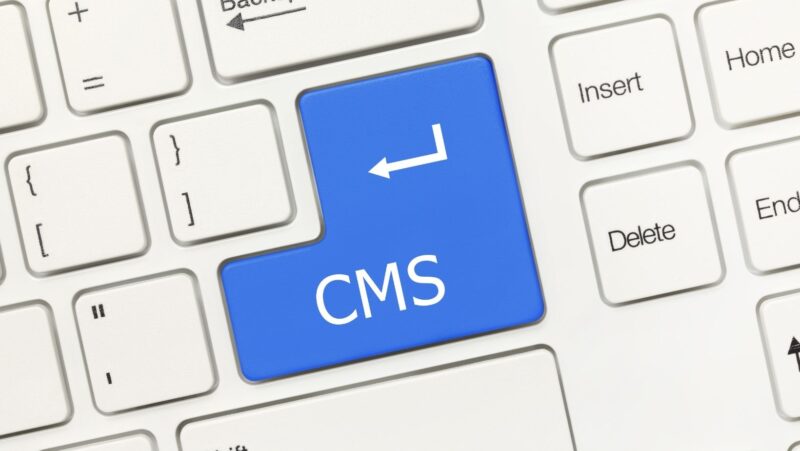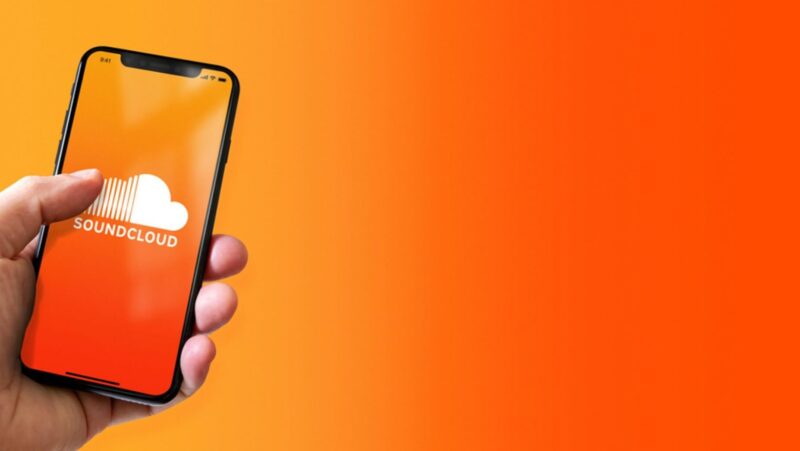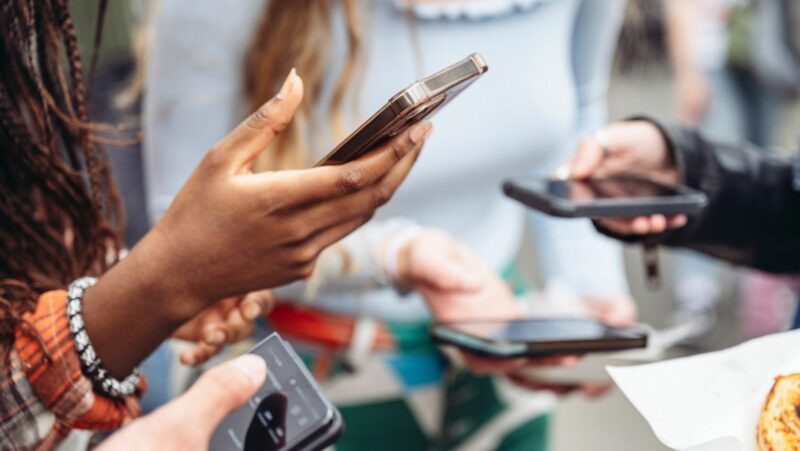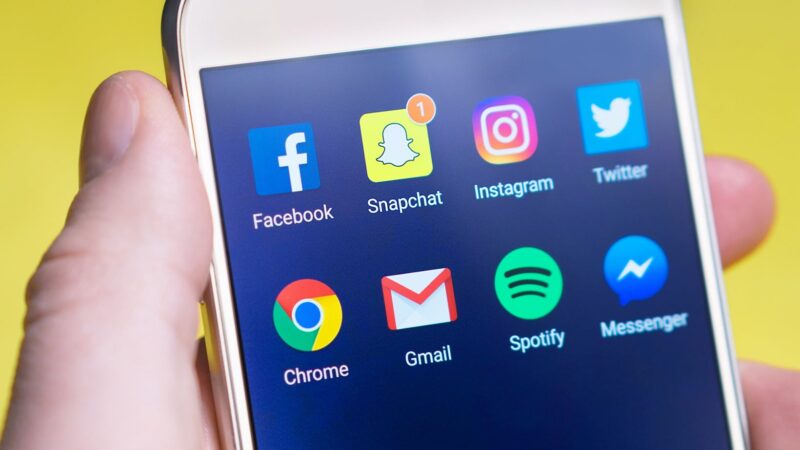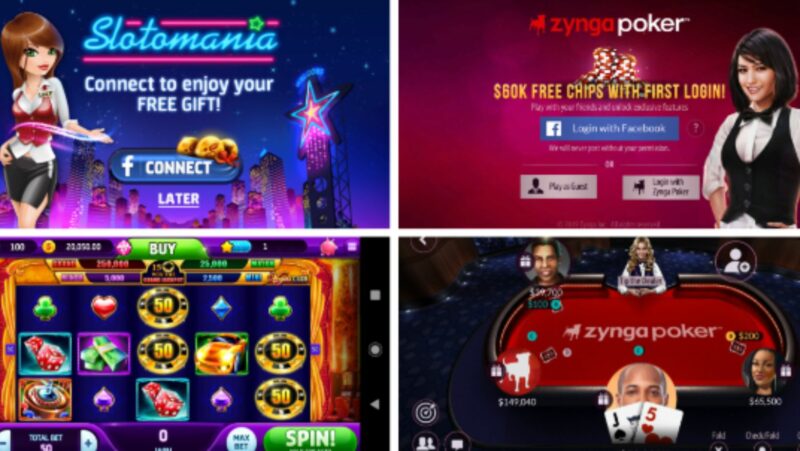
Emoticons are the new trend in Japan. No matter how cute, cool or sexy they look, if you don’t use them properly, it will make your life difficult to communicate with others. Here are some tips on how to type emoticons that will keep you from getting into trouble!
The emoticons are a part of our life now. These little faces help us to understand the message better and express our moods in text messages, chats or even e-mails. The infinity of emoticons has many styles that can be classified into different groups.
* The classic ones are used by all Internet users around the world.
* The new style, which uses unicode characters from foreign languages, was developed by the japanese who have a tradition to use them in their emails.
7 ways of using emoticons that you should know.
1- Emoticons With Colours
If you add colours to emoticons you can express your feelings more accurately. For example, if you want to say that something is cool or lovely, use the corresponding colours for these adjectives – blue and pink.
2- Emoticons With Punctuation Marks
You should never try to replace an emoticon with other punctuation marks like ! ” ? .
There are, however, some unique punctuation mark combinations that make interesting emoticons. For example ^_^ or ^-^ (which is used by the japanese), ~_~ (that looks like the japanese symbol too) and -_- which can be read as “angry”. See below.
3- Emoticons With Symbols
In this category we have various symbols that could be used as emoticons. In the example below you can see a few examples of these emoticons:
4- Emoticons With Adjectives
There are some adjectives, which when written in capital letters give an interesting effect. For example, you can use A_A or R_R to express that you are angry or really tired.
5- Emoticons With Foreign Letters
In order to create emoticons with foreign letters, we need unicode characters from these languages. For example, 「」 is a heart in the japanese language and is used in japanese emoticons. You can see some examples of these emoticons below:
6- Emoticons With Numbers And Letters
Sometimes number and letters are used in emoticons to make them more personal. For example, you can use 3_3 instead of 🙂 to express that you are feeling great today. See some examples below:
7- Emoticons With Abbreviations
In this category we have the special form of abbreviations that are used in chats. For example, IKR stands for “I Know, Right?”. You can also use these emoticons if you want to make a point clear. See some examples below:
how to make lenny face on iphone
1) Emoticons with colors are often used to describe the weather or emotions. Take, for example, these common emoticons:
2) Punctuation marks can be combined with emoticons to add emotion to a text conversation, for instance ! ” ? , ;), ~_~. Note that you should never replace an emoticon with other punctuation marks.
3) Symbols, like the letter A enclosed in parenthesis, are often used to denote laughter or show excitement. For example:
4) Capital letters can be used for particular emotions, such as feeling great today (A_A), being sleepy (Z_Z).
5) Characters from foreign languages can also be used in emoticons, for example, the heart symbol (「」) is often used to denote love.
6) Numbers and letters can be arranged together to create unique emoticons, such as 3_3 (used to represent feeling great today) or IKR (which stands for “I Know Right”).
Conclusion:
Never replace emoticons with other punctuation marks or symbols, and use your creativity to create new emoticons that work for you. The more you know! [Add Perhaps add a lil’ something about the correct order of emoticons (e.g., “not like this”)]

